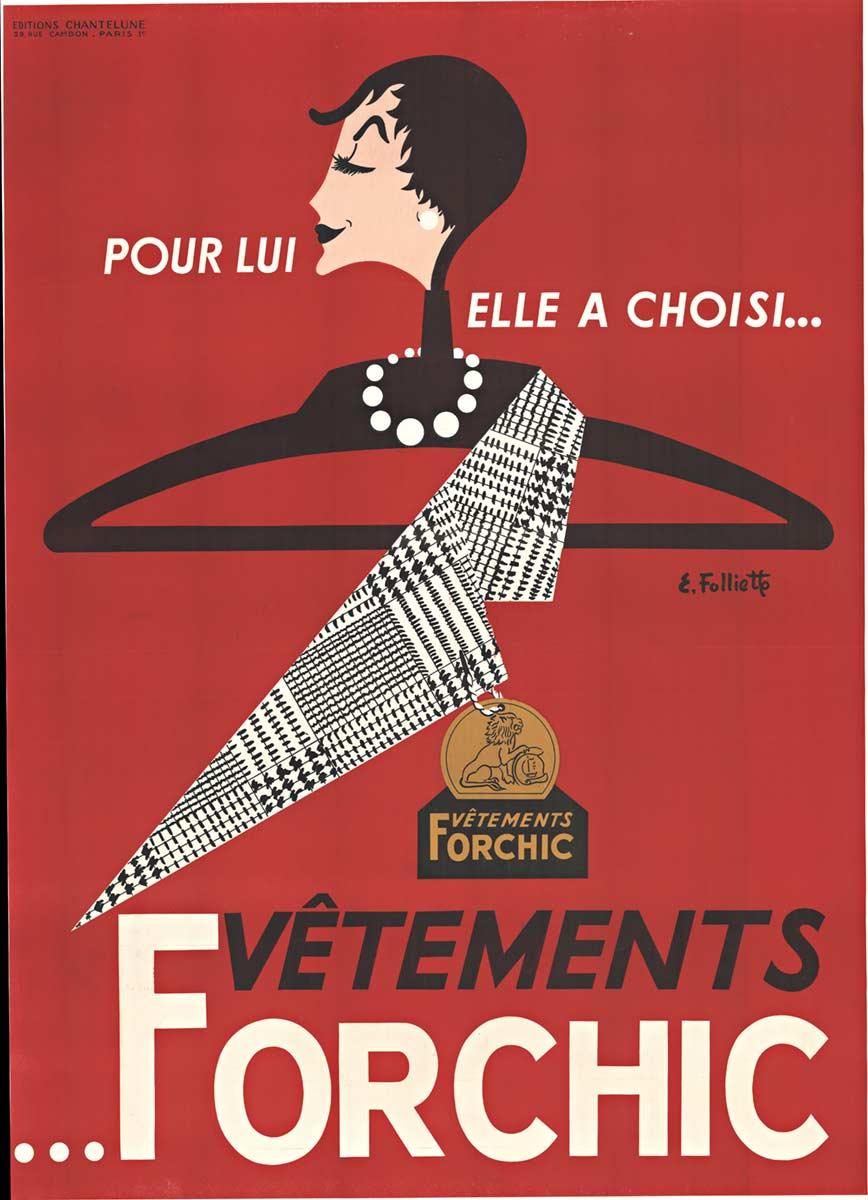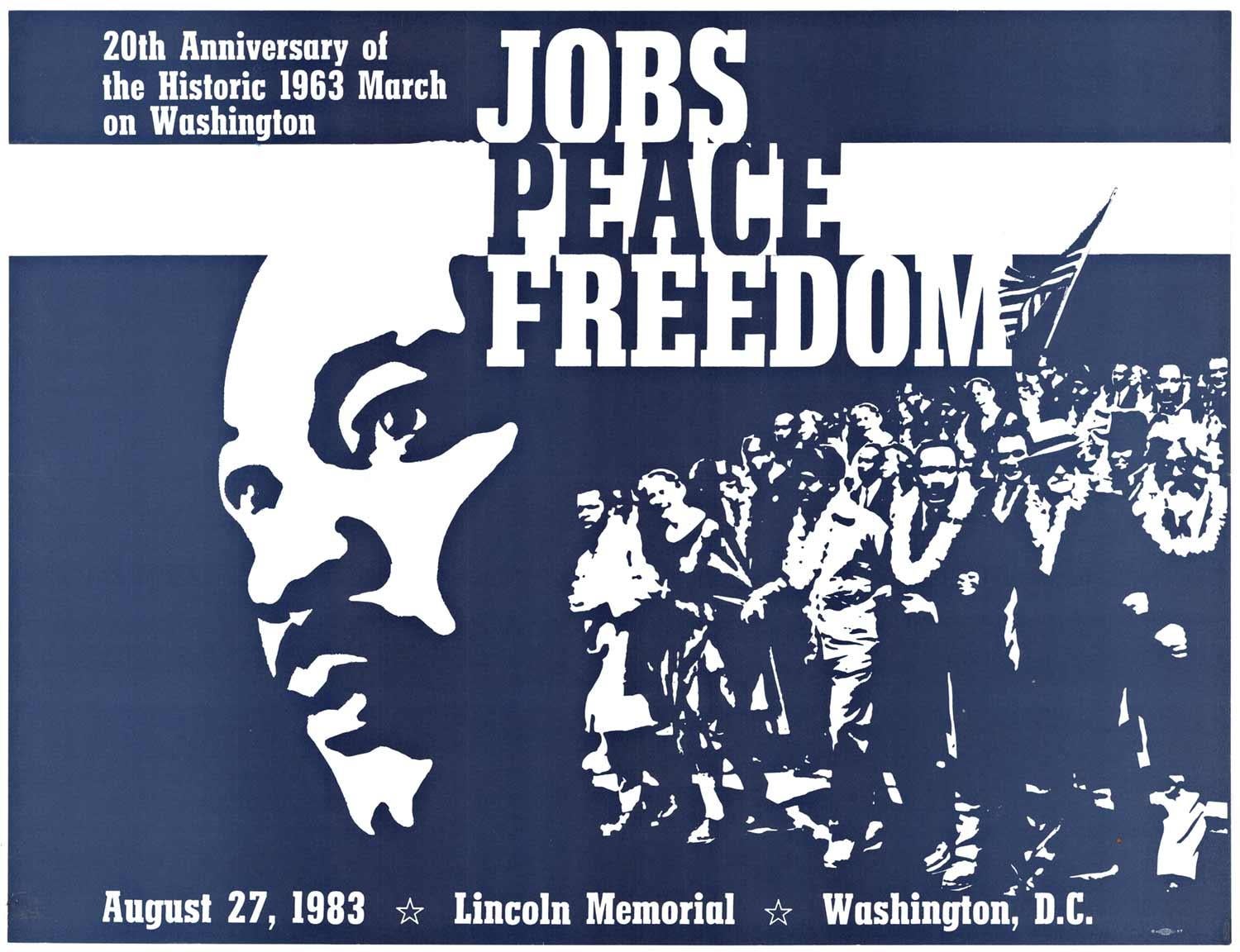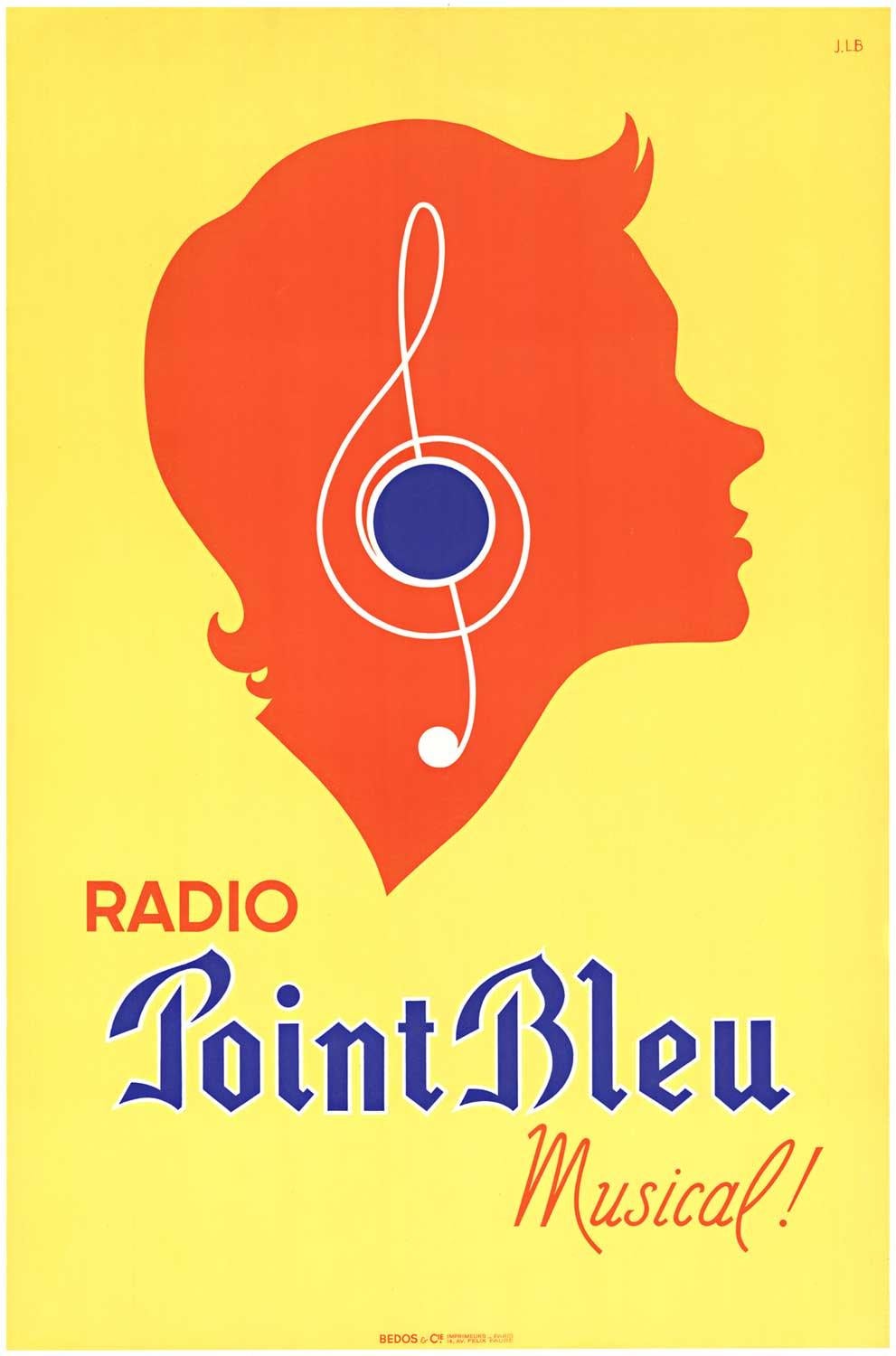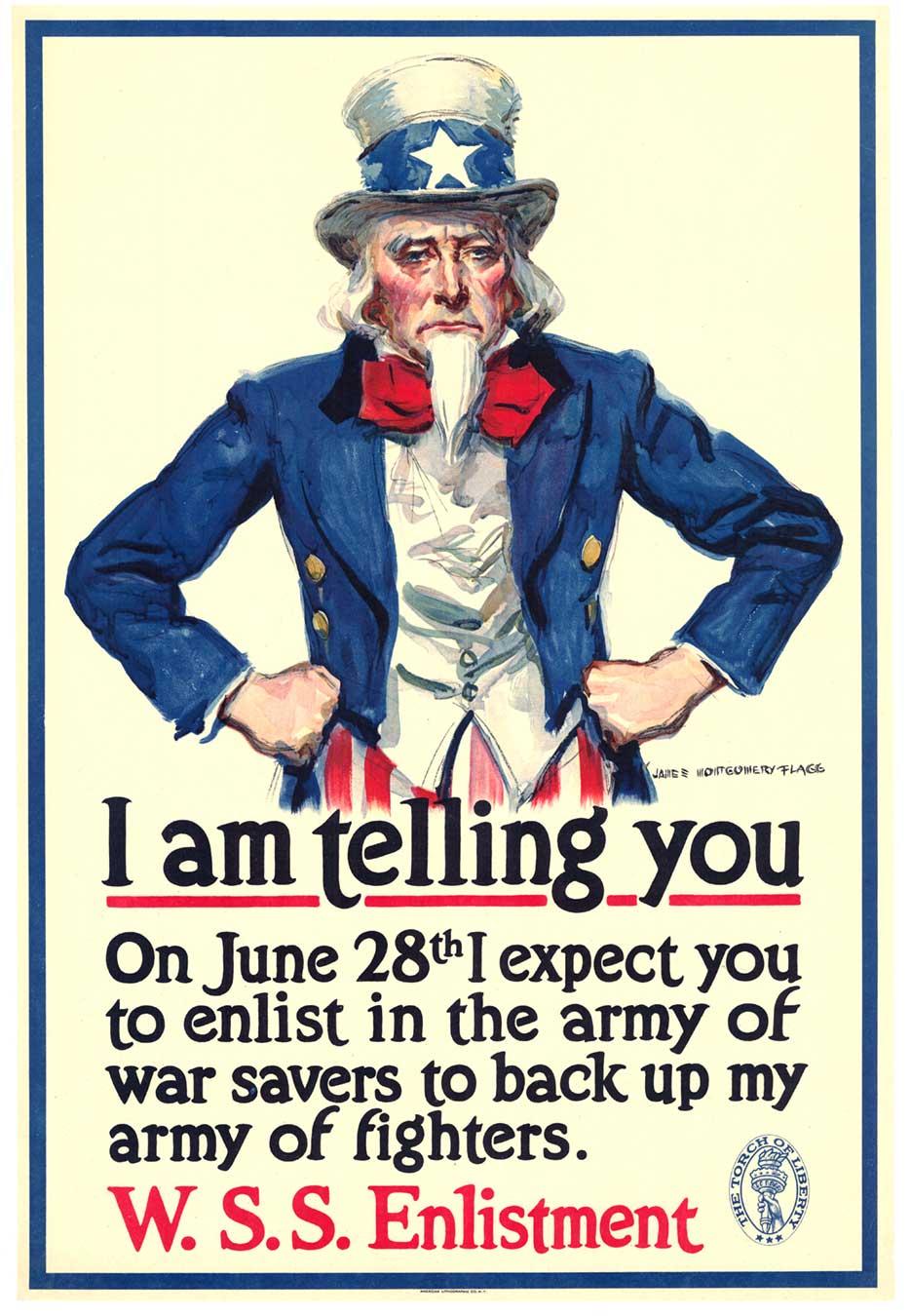Items Similar to Large George Grosz 1923 Lithograph Die Rauber German Expressionism WPA Realism
Want more images or videos?
Request additional images or videos from the seller
1 of 17
George GroszLarge George Grosz 1923 Lithograph Die Rauber German Expressionism WPA Realism 1922-1923
1922-1923
About the Item
From The robbers. lithographs by George Grosz for the drama of the same name.
photolithography on laid paper. 19 X 25.5 inches (sheet size). This is not hand signed or numbered in pecil.
Limited edition. Berlin, Malik-Verlag, 1923.
Dückers MV, 1-9
This listing is just for the one lithograph, the folio cover photos are just included for provenance and is not included in this sale.
The portfolio is based on pen and ink drawings that were transferred using photolithography for printing. Schiller's "Räuber" served as a template, which Grosz transferred to his time and updated with drawings. With sharp polemics, he brings together the types of society and draws attention to social grievances: Financial disparity, robber barons with piles of money etc. according to the military chaplain, who blesses the disaster of war that has already happened; the well-fed manufacturers who gamble in the presence of the unemployed for the money they lack; or the hollow-faced creature begging a bounty from the richly set table of the bronze.
Expressionismus Grosz, George
Die Räuber: Neun Lithographien zu Sentenzen aus Schillers Räuber. Lithographien von George Grosz. Berlin, Der Malik-Verlag, 1922.
George Grosz (July 26, 1893 – July 6, 1959) was a German artist known especially for his Satire and Caricature drawings of Berlin life in the 1920s. He was a prominent member of the Berlin Dada and New Objectivity group during the Weimar Republic before he emigrated to the United States in 1933. He studied at the Dresden Academy of Fine Arts, where his teachers were Richard Müller, Robert Sterl, and Oskar Schindler. He subsequently studied at the Berlin College of Arts and Crafts under Emil Orlik. Grosz left the Communist Party KPD in 1922 after having spent five months in Russia and meeting Lenin and Trotsky, because of his antagonism to any form of dictatorial authority. Along with Otto Dix, he is widely considered one of the most important artists of the Neue Sachlichkeit.
Bitterly anti Nazi, Grosz left Germany shortly before Hitler came to power. In June 1932, he accepted an invitation to teach the summer semester at the Art Students League of New York. In October 1932, Grosz returned to Germany, but on January 12, 1933 he and his family emigrated to America.
In 1946 he published his autobiography, A Little Yes and a Big No. In the 1950s he opened a private art school at his home and also worked as Artist in Residence at the Des Moines Art Center. Grosz was elected into the National Academy of Design as an Associate Academician in 1950. In 1954 he was elected to the American Academy of Arts and Letters.
Grosz worked in a style influenced by Expressionism and Futurism, as well as by popular illustration, graffiti, and children's drawings.The City (1916–17) was the first of his many paintings of the modern urban scene. Other examples include the apocalyptic Explosion (1917), Metropolis (1917), and The Funeral, a 1918 painting depicting a mad funeral procession.
In his drawings, usually in pen and ink which he sometimes developed further with watercolor, Grosz did much to create the image most have of Berlin and the Weimar Republic in the 1920s. Corpulent businessmen, wounded soldiers, prostitutes, sex crimes and orgies were his great subjects His draftsmanship was excellent although the works for which he is best known adopt a deliberately crude form of caricature. His oeuvre includes a few absurdist works, and also includes a number of erotic artworks. ("Ecce Homo" which saw him accused of pornography)
My Drawings expressed my despair, hate and disillusionment, I drew drunkards; puking men; men with clenched fists cursing at the moon. ... I drew a man, face filled with fright, washing blood from his hands ... I drew lonely little men fleeing madly through empty streets. I drew a cross-section of tenement house: through one window could be seen a man attacking his wife; through another, two people making love; from a third hung a suicide with body covered by swarming flies. I drew soldiers without noses; war cripples with crustacean-like steel arms; two medical soldiers putting a violent infantryman into a strait-jacket made of a horse blanket ... I drew a skeleton dressed as a recruit being examined for military duty. I also wrote poetry. —Grosz In 1940 the Museum of Modern Art in New York shows a retrospective of his work which later tours through the United States. In 1946, the AAA Gallery, New York hosts an exhibition titled A Piece of My World in a World without Peace. Later the Dallas Museum of Arts shows several works by Grosz titled Impressions of Dallas and also the Whitney Museum, New York shows retrospective works.
George Grosz's art influenced other New Objectivity artists such as Heinrich Maria Davringhausen, Anton Räderscheidt, and Georg Scholz. In the United States, the artists influenced by his work included the social realists Ben Shahn and William Gropper.
- Creator:George Grosz (1891-1969, German)
- Creation Year:1922-1923
- Dimensions:Height: 25.5 in (64.77 cm)Width: 19 in (48.26 cm)
- Medium:
- Movement & Style:
- Period:
- Condition:good, minor wear. please see photos.
- Gallery Location:Surfside, FL
- Reference Number:1stDibs: LU38212491742
About the Seller
4.9
Platinum Seller
These expertly vetted sellers are 1stDibs' most experienced sellers and are rated highest by our customers.
Established in 1995
1stDibs seller since 2014
1,548 sales on 1stDibs
Typical response time: 1 hour
- ShippingRetrieving quote...Ships From: Surfside, FL
- Return PolicyA return for this item may be initiated within 3 days of delivery.
More From This SellerView All
- Large George Grosz 1923 Lithograph Die Rauber German Expressionism WPA RealismBy George GroszLocated in Surfside, FLFrom The robbers. lithographs by George Grosz for the drama of the same name. photolithography on watermarked paper. 19 X 25.5 inches (sheet size). This is not hand signed or numbe...Category
1930s American Modern Figurative Prints
MaterialsLithograph
- Large George Grosz 1923 Lithograph Die Rauber German Expressionism WPA RealismBy George GroszLocated in Surfside, FLFrom The robbers. lithographs by George Grosz for the drama of the same name. photolithography on watermarked paper. 19 X 25.5 inches (sheet size). This is not hand signed or numbe...Category
1930s American Modern Figurative Prints
MaterialsLithograph
- 1970s Pop Art "Dancing Lessons #2" Silver Silkscreen Mod Ballet Girl PrintBy Joanne SeltzerLocated in Surfside, FLPrinted on a slightly reflective metallic silver finished paper. there is a companion piece on a money green paper. A depiction of a ballet dancer, superimposed upon canceled dance c...Category
1970s American Modern Portrait Prints
MaterialsScreen
- Pulitzer Prize Winner Norman Mailer Portrait Etching Line DrawingBy Knox MartinLocated in Surfside, FLSigned. Numbered line etching Norman Kingsley Mailer (January 31, 1923 – November 10, 2007) was an American novelist, journalist, essayist, playwright, film-maker, actor, and libera...Category
1970s American Modern Figurative Prints
MaterialsEtching
- Jewish Shtetl Machers Americana Judaica Lithograph WPA Yiddish Social RealistBy William GropperLocated in Surfside, FLHand signed in pencil and numbered with Roman numerals 8/24. A very small edition. Old Lower East Side of New York or East European Shtetl. Jewish Shtetl Peddler Merchant. humorous ...Category
Mid-20th Century Modern Figurative Prints
MaterialsLithograph
- Jewish Shtetl Peddlar Americana Judaica Lithograph WPA Yiddish Social RealistBy William GropperLocated in Surfside, FLHand signed in pencil and numbered with Roman numerals 8/24. A very small edition. Old Lower East Side of New York or East European Shtetl. Jewish Shtetl Peddler Merchant. humorous ...Category
Mid-20th Century Modern Figurative Prints
MaterialsLithograph
You May Also Like
- Original Vetements Forchic French fashion vintage posterLocated in Spokane, WAOriginal lithograph, linen backed. Vetements Forchic. Pour Lui; Elle a Choise. Archival linen-backed vintage French fashion poster in fine...Category
1940s American Modern Figurative Prints
MaterialsLithograph
- Third Liberty Loan, My Daddy Bought Me a Government Bond original World War 1Located in Spokane, WAOriginal WW1 poster: MY DADDY BOUGHT ME A GOVERNMENT BOND OF THE THIRD LIBERTY LOAN. DID YOURS? Archival linen-backed and in very good condition. Print...Category
1910s American Modern Portrait Prints
MaterialsLithograph
- Original "Jobs, Peace Freedom" vintage poster. 20th Anniversary of 1963 MarchLocated in Spokane, WAOriginal Jobs, Peace, Freedom. 20th Anniversary of the Historic 1963 March on Washington. August 37, 19983. Lincoln Memorial, Washington, D.C...Category
1980s American Modern Portrait Prints
MaterialsLithograph
- Original "Radio Point Bleu Musical!" vintage French poster, linen backedLocated in Spokane, WAOriginal “Radio Point Bleu Musical!” vintage French antique poster. Archivail linen backed in very fine condition, ready to frame. Signed J.L.B. in the plate at upper right. No specific year is indicated on the poster. Point Bleu / Radio Musical! Paris: Bedos & Cie. Lithograph poster for the French radio manufacturer, showing a woman’s face in silhouette with a treble clef over her ear; red and blue lettering against a bright yellow background. Printer: Paris: Bedos & Cie. The poster does not have a date, but most of the Point Bleu radio posters...Category
1940s American Modern Portrait Prints
MaterialsLithograph
- Original 'I Am Telling You vintage Uncle Sam poster War Savings StampsBy James Montgomery FlaggLocated in Spokane, WAOriginal I Am Telling You, On June 28th, I expect you to enlist vintage poster. James Montgomery Flagg, WW1 original vintage World War 1 poster...Category
1910s American Modern Portrait Prints
MaterialsLithograph
- Original "Poteries Culinaires" vintage French cooking posterLocated in Spokane, WAPOTERIES CULINAIRES; artist: Eugene Vavasseur (1863 - 1949) antique French stone lithograph. Excellent condition. Linen backed and ready to frame. Original, archival linen back...Category
Mid-20th Century American Modern Portrait Prints
MaterialsLithograph
Recently Viewed
View AllMore Ways To Browse
Anton Penning
Horse Skeleton
1950s Skeleton Painting
Vintage Blanket Jacket
Nuyttens Artist
Orsa Maggiore
Oswald Aulestia On Sale
Peter Max Leningrad
Raphael Soyer Team
Renato Natali
Renoir Grapevine Print
Retour Magritte
Rory Kurtz
Sadao Watanabe. On Sale
Salvador Dali Lithograph Rowena
Salvador Dali Merchant Of Venice
Samuel Buri
Sandro Chia On Sale





